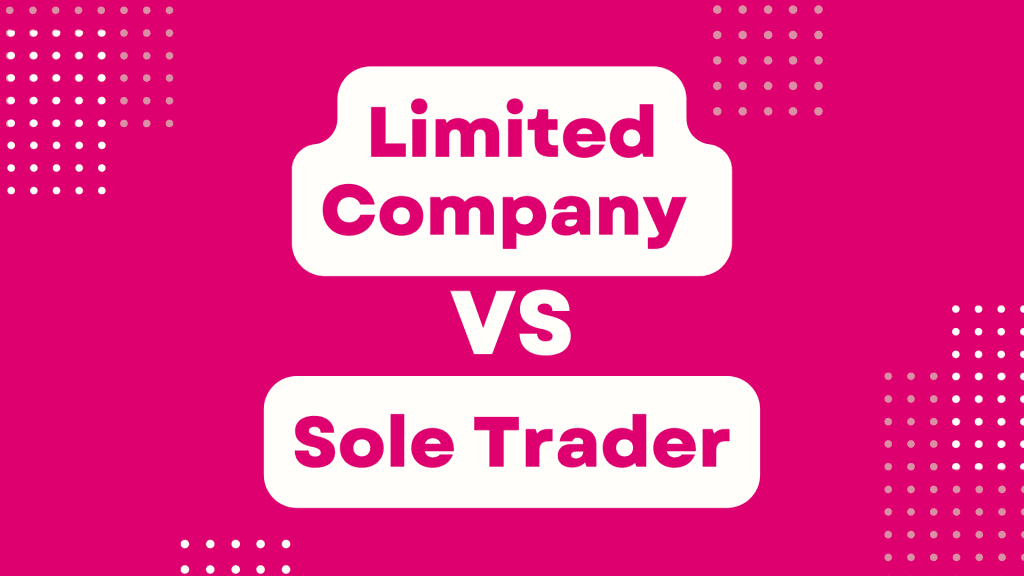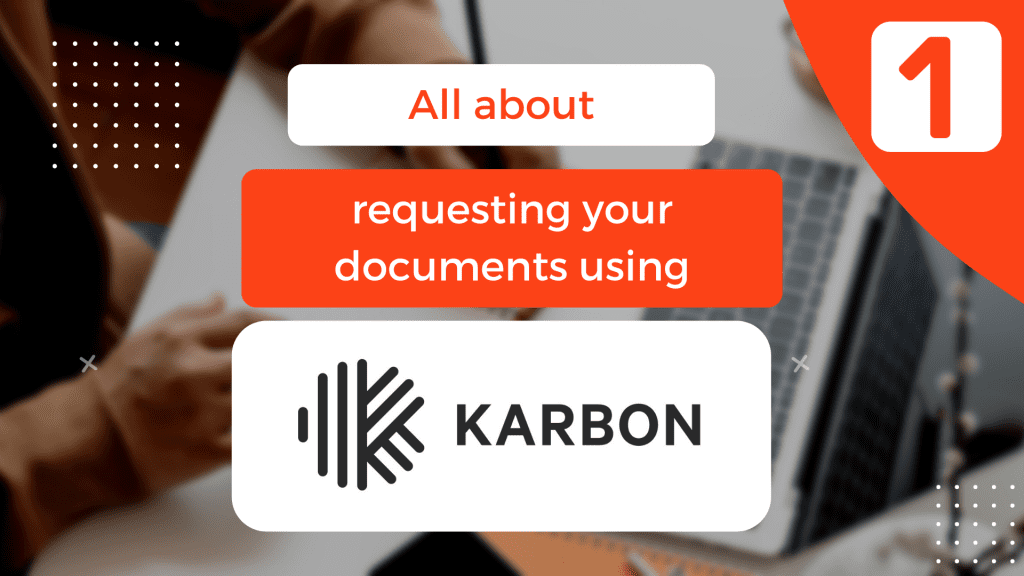
So you want to sign up to working with us and have had a successful meeting! Or maybe you’re already…

So you want to sign up to working with us and have had a successful meeting! Or maybe you’re already…

Flexible working isn’t new. In fact, research shows that many of us (87%) wanted to work on a more flexible…

Winning new clients should be an exciting part of growing a business. And yet, due to the current climate, this…

If you are just about to become a sole trader, or have been one for a while, you might be…

Every Sunday, Paul reads The Sunday Times to keep up to date with current affairs and to read the great…

Talent management planning is a term we often hear floating around the business world, but what exactly does it mean…

It’s no secret that hundreds of small businesses are suffering from increased wage costs and staff shortages. These issues span…

Have you been thinking about switching to a limited company because of the upcoming changes due to Making Tax Digital?…

As a cloud-based accountancy practice, we very rarely ask you to bring in physical copies of your documents to our…

Dext, formally known as Receipt Bank, is a software that we recommend so much that we include it in all…